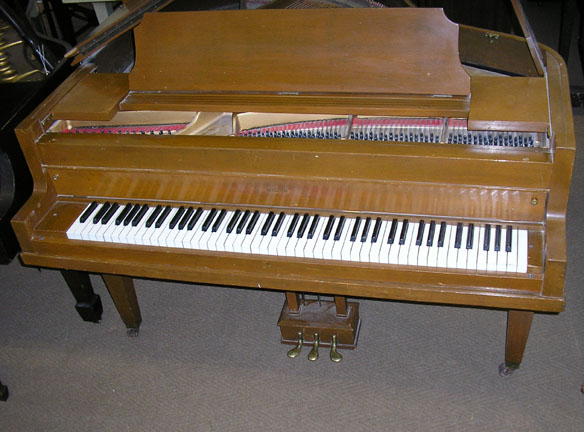

the larger the size of piano, the more expensive its value's going to be. These pianos'll need professional repair.Īnother significant factor that can affect an antique piano's value is the type and brand of instrument that it is. The piano is scratched, chipped, dented, warped, and may have chipped ivory on the keys. Fair - A piano in fair condition means that there are mechanical defects, but the instrument still plays.It may have small dents or scratches, and it may be dirty. Good - The piano needs some reconditioning.The finish may have a few minor blemishes, but there will not be mechanical problems, and it'll be very clean. Very good - The piano has no major problems.There shouldn't be any dents or rust, though there may be tiny scratches or nicks in the wood. It looks good, has a clean string compartment, and has no visible wear or defects. Excellent - This means that the piano needs no reconditioning.It's also in excellent mechanical condition. It's free of blemishes, nicks, or scratches and shows little sign of use. It's in excellent condition both mechanically and aesthetically and looks and plays new. Mint - This means the piano has been rebuilt and refinished (R & R).

That way, you can get a good idea of where your piano stands and if it might need to be restored. One of the first things to understand before jumping right into the world of evaluations is to know the terms that appraisers use to describe condition. However, if you are looking for a piano that can be used for a serious pianist, you will probably want to put your money into a new piano or one that's gone through a rigorous restoration process. If you want an antique piano as a showpiece in your vintage home, then it's totally fine to get one that hasn't been restored or refinished in any way. Restoring and retuning a piano can easily cost $2,500 or more.



 0 kommentar(er)
0 kommentar(er)
